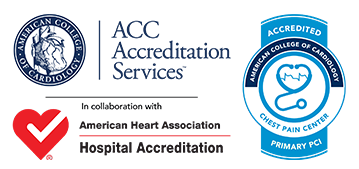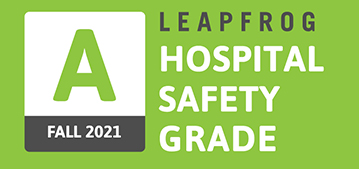Stroke Diagnosis and Treatment
Stroke Diagnosis
Computerized Tomography (CT or CAT scan) – This is usually the first test ordered for a patient with symptoms of possible stroke. The CT captures images of the brain that can help the doctor confirm a diagnosis of stroke as well as identify the location, type of stroke and extent of the injury.
Magnetic Resonance Imaging Scan (MRI) – This test studies the changes in behavior of brain cells by using magnetic fields. The MRI can also show the location and extent of injury from a stroke. The image created is sharper and more detailed than a CT scan, so it is often used to diagnose small, deep injuries of the brain.
Treatment Of Stroke
Initial treatment for a stroke varies depending on whether it’s cause by a blood clot (Ischemic) or by bleeding in the brain (Hemorrhagic). When a stroke is diagnosed soon enough after the start of symptoms, clot-busting medications may be administered. To be effective, these medications MUST be given within 3 hours after the start of stroke symptoms. Additional procedures are being developed for treating strokes and all are TIME DEPENDENT.
Since timing is everything, it is important to call 9-1-1 if you, or someone around you, experiences warning signs of possible stroke. Do not drive to the hospital. Emergency Medical Services (EMS) professionals can notify the Emergency Department of your symptoms and estimated arrival time so that lifesaving processes can be activated in advance.
REMEMBER TO DIAL, DON’T DRIVE!
News & Events

Specialty Bakersfield Reaccredited as Chest Pain Center

BHH Receives “A” in Safety
[wpseo_breadcrumb] Your digital COVID vaccine record refers to the details of...

Get Digital Proof of your COVID-19 Vaccine
[wpseo_breadcrumb] Your digital COVID vaccine record refers to the details of...

Updated Visitor Guidelines
[wpseo_breadcrumb]

